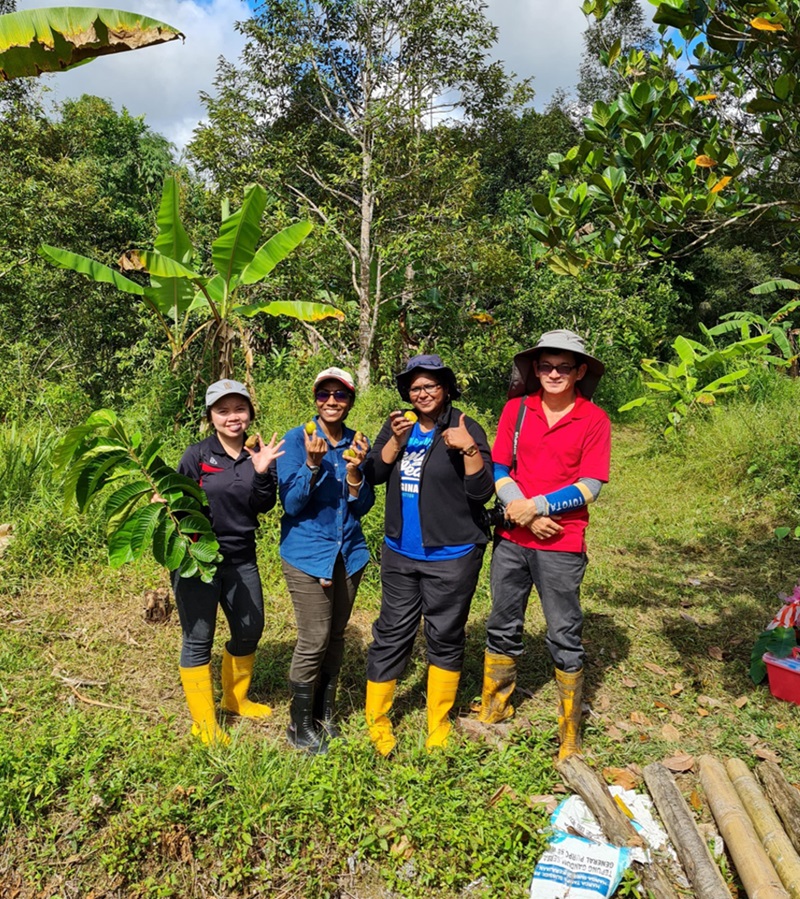Article Summary
“Hence, there is a need to introduce forest education and training for long-term forest sustainability and production, as well as for producing an informed population that understands the various complexities of sustainable forest management at all levels.”
Education for Sustainable Development Goals (SDGs) is acknowledged as a critical enabler of all other SDGs and an integral part of SDG-4 on quality education. The sustainable management of forests is pivotal to achieving the SDGs.
Forests are where most of us learn about the importance of nature in our lives and are now becoming a pillar of solving global issues such as overpopulation, desertification, climate change and loss of biodiversity - judging from the fact that forests provide a living for around 1.6 billion people.
More than 80% of all terrestrial animal, plant, and insect species can be found in forests. Out of 8,300 animal breeds recorded, 8% are extinct, and 22% are on the verge of extinction. Less than 1% of the over 80,000 tree species have been discovered for their potential uses. Forests are a stabilising force for the climate where they regulate ecosystems and play an integral part in the carbon cycle.
Hence, there is a need to introduce forest education and training for long-term forest sustainability and production, as well as for producing an informed population who understands the various complexities of sustainable forest management at all levels.
Forest education aids in the integration of ecosystem and biodiversity protection values into national and local planning, development, and poverty reduction strategies and it is crucial in achieving SDG-15.
However, forest education is still insufficient at all levels, from primary schools to universities for many countries, including Malaysia. As one of the world’s megadiverse countries, forest education should be introduced at all levels of education in Malaysia starting with early childhood, primary and secondary education.
Learners at early childhood care begin to understand through experiential learning to comprehend the value of biodiversity and the problems it faces, as well as the concept of endangered species and habitat loss.
Their appreciation for the need to protect biodiversity is raised as they learn to employ thinking skills to grasp ecosystem interdependencies at primary level. Students' understanding of the effects of land-use change actions is deepened at secondary level. They become more aware, explore, and support potential, environmentally sustainable solutions through rigorous research of the environmental impact of various activities.
While forest education has progressed in most places in the world, with an increase in the number, diversity and qualifications of graduates, its resources remain insufficient or limited in our country. We must urgently boost all levels of formal forest education in order to prepare the future workforces and entrepreneurs in forest-related businesses by working closely with the Ministry of Education.
Introducing forest education curricula and training systems in schools, and launching a public awareness campaign to encourage young people to pursue careers in the forest should be designed and strengthened.
An effective forest education is essential if we were to solve any forest-related issues and realise the full benefits of forests in achieving the Sustainable Development Goals.
 |
|
PROFESSOR DR. HAZANDY ABDUL HAMID
Dean,
Faculty of Forestry and Environment, UPM
|
Date of Input: 19/11/2021 | Updated: 19/11/2021 | hairul_nizam
MEDIA SHARING



























